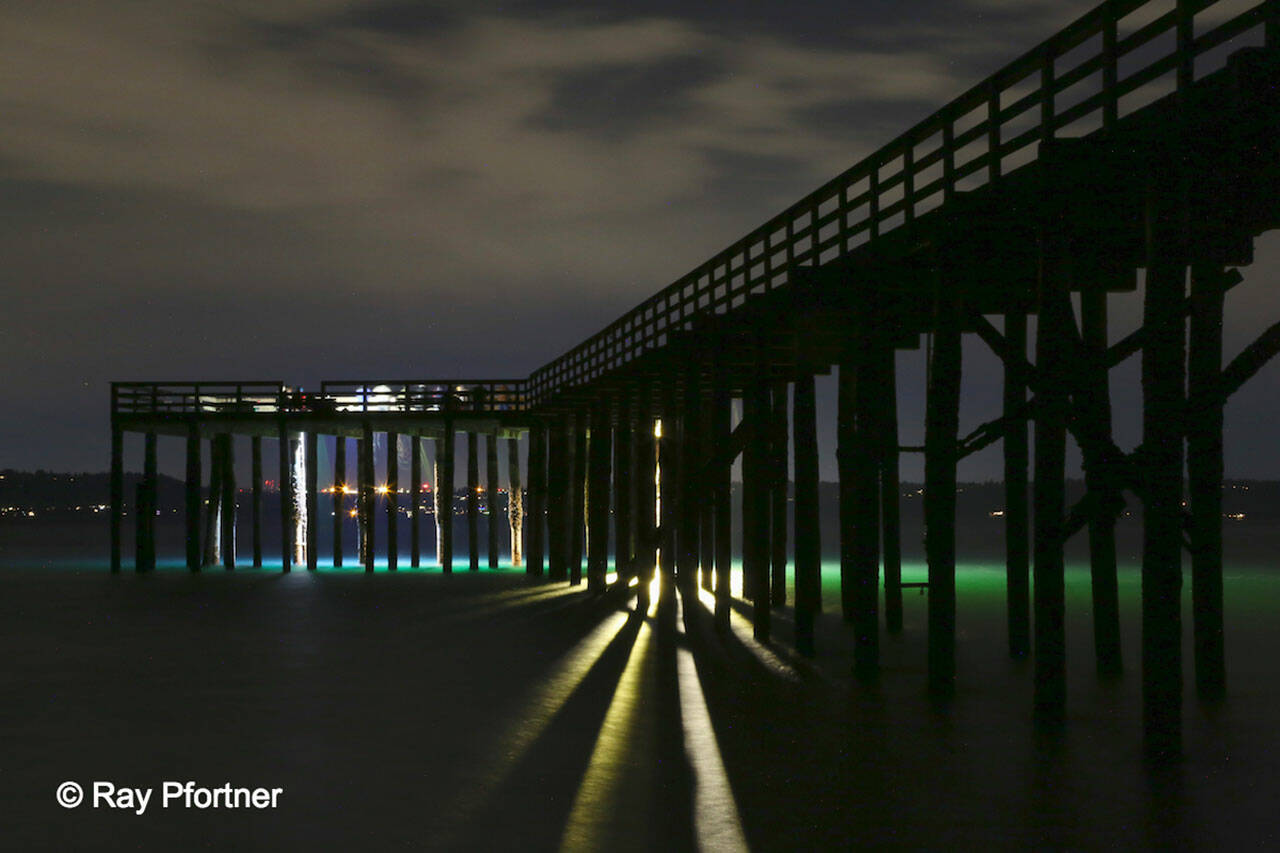This week, The Beachcomber chronicles another important story for our island — Vashon Park District’s (VPD) impending decision regarding the fate of Vashon’s iconic and historic Tramp Harbor dock.
The story is long and should be read closely, as it contains detailed information about the different courses of action being considered by VPD, after years of careful consideration.
Commissioners will again discuss the matter at their next public meeting, at 7 p.m. Tuesday, Oct. 25, at the Ober Park Administration Building, at 17130 Vashon Hwy. SW.
Islanders can also attend the meeting on Zoom, via a link published prominently on the district’s website, at vashonparks.org.
Public input is eagerly sought, according to commissioners and VPD’s executive director, Elaine Ott-Rocheford.
But first, take a deep breath.
Each of the three options to repair or replace the dock are costly, though another heartbreaking alternative is also still on the table — demolishing the deck and not replacing it.
But the truth of the matter is, none of the options for replacing the dock will look like the dock that extended out over Tramp Harbor for so many years.
It was stunningly, madly gorgeous — a dream of a dock that reminded us always of how lucky we were to live on an island.
That’s why we chose to run Ray Pfortner’s photographs with our page 1 story — so that readers could once again hold that beauty and feel the romance of the old dock, as they read about what will come next.
In what now seems like a lifetime ago, Pfortner, a celebrated photographer and teacher, contributed a poignant photo essay and meditation on the dock to The Beachcomber, which The Beachcomber published in our Jan. 2, 2020 issue.
Tramp Harbor dock had closed to the public only one month before.
Little did we know then, in those early days of 2020, what was coming, and how many other closures we would endure in the coming months and years — how loss would become a way of life for longer than we could imagine.
Tramp Harbor, Pfortner wrote in early 2020, was his favorite place to photograph on Vashon — a place that seemed to have been made for his artist’s eye to gaze upon.
“It is filled with big water, big sky, birds, fishermen and reflections,” he wrote. “Juxtaposed is a graphic man-made structure that points almost due east, perfect for this sunrise photographer.”
He wrote about the awe he felt at the dock, as he looked up to see ephemeral clouds and technicolor sunrises high above it, and how, at night, he had seen the ghostly lights of squid fishermen playing in the water below it.
But Pfortner also went down to the waterline, to photograph what was happening there.
“Photographing below the dock at low tide I could see the damage — erosion of the pilings, some altogether gone,” he wrote. “And we all know the creosote in these aging pilings is yet another concern for the health of our Salish Sea and the food chain culminating with our beloved orcas.”
Today, of course, we all still marvel at the sea creatures that surround our island home — including a magnificent and mysterious elephant seal who has visited Tramp Harbor in recent weeks. (See page 7.)
And we know that we must do whatever we can to protect them from the harms caused by man-made perils to the environment — and that too should be our first consideration in the calculations about what should happen with the dock.
In his essay, Pfortner mentioned another island location that he loved to photograph — Vashon’s historic single-screen cinema, in the center of town.
Vashon Theatre, he wrote, had almost been lost too, before its current owners, the Wolcott family, envisioned an alternative reality for it. With the help of the community, he said, the family had been able to restore it and make it a place of joyous gathering once more.
Now, as we drive through town, we can see that the Wolcott family’s work continues, as they reimagine the theater’s function and place in the community once more. (See page 5.)
In closing his meditation, Pfortner looked to the future, comparing the dock’s fate to that of the theater — as a choice to be made, as an embrace of the future, wrapped in a reverence for the past.
And he saw that as a community project.
“We should all dream and scheme an alternative reality for the Tramp Harbor pier and give the Park District as much support as we can muster,” he wrote.
We agree.



